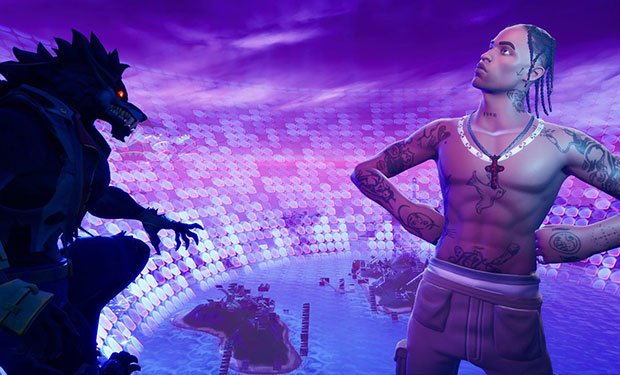Into the metaverse
By Nick Richardson
03-11-2020
This generation of kids don’t want passive experiences, they want to co-create and interact with their media.
Children’s time spent digitally consuming content has led to the introduction of the metaverse. Derived from ‘meta’ meaning beyond and ‘universe,’ metaverse is billed as the next phase of how we use and interact with the internet. Metaverse is a shared virtual space that is always open, with its own activities, such as shopping and entertainment, built in. It has been created by combining the virtual world with augmented reality and the internet.
Over the past two years, the most popular video games are ones that hold some characteristics of this, enabling kids to play, explore and create in open worlds. Minecraft, the most popular console game with kids aged 6-12 (ranked first), Fortnite (second) and Roblox (seventh) have led this charge over the last three years with their open social worlds.
Kids don’t want passive experiences, they want to co-create and interact with their media. Open-world games, which provide the player with a significant amount of freedom to act, seek to engage their audience more than a linear set of instructions. Virtual spaces that allow users this amount of freedom then have the potential to develop into something more than their initial use. Fortnite’s rapid growth is a testament to this.
What started as a gaming experience has evolved into a media platform capable of hosting immersive virtual shows from artists at the top of the music charts. Kids who play the game are more likely to listen to music through streaming services, a characteristic of a digitally native generation, who seek experiences in the virtual world.
Lockdown has accelerated this trend out of necessity, with kids hosting birthday parties in Minecraft and attending movie nights and concerts in Fortnite. As events were forced to cancel, schedules altered and nations around the globe made to stay indoors, industries have started to adapt to the necessity of engaging the metaverse.

Travis Scott’s virtual concert in Fortnite
Rapper Travis Scott’s virtual concert in Fortnite broke the world record for the most concurrent players in a video game (12 million-plus). New open world games have exploded in popularity, with Animal Crossing: New Horizons growing by 700% since March, according to Kids Insights data. The game focuses predominantly on customisation, self-expression and creativity, and brands have taken the initiative to put their stamp on the game in order to raise awareness.
Italian clothing company Valentino recreated some of its clothes as downloadable in-game pieces for users to customise their characters with, while KFC set up a virtual island that players could travel to. There has also been an emerging trend of schools using platforms such as Minecraft and Roblox for educational purposes. During the pandemic, schools sought out learning solutions on virtual platforms their students were already familiar with, so once again increasing and diversifying their use.
The platforms that can adapt to various uses, whether it be education or entertainment, will be the most established and successful in years to come.
So, what does this mean for brands? Although a fully realised metaverse in virtual reality may be a little while off, IP owners and tech platforms are already partnering up and shaping the future. Warner Bros is one of the latest companies to collaborate with Fortnite by screening its movies in-game, while Disney has partnered with both Roblox and Fortnite in the past. There are a growing number of exciting opportunities for brands to collaborate, integrate their content and think outside the box when it comes to the metaverse.
However, brand activations need to be natural, not intrusive, and add value to the community. There has been an inherent growth of mistrust in advertising among kids, who want to be engaged with content that connects with them organically, as opposed to being explicitly sold to. Opportunities for collaboration and partnerships have already begun to pave the way for the modern marketing environment, and that trend will surely continue based on its recent success.
For brands looking to connect with a particular target audience, aligning with a brand with significant demographic similarity allows for more potential to create advocacy among fans and non-fans alike.
With the metaverse taking up so much of kids’ time, the challenges for brands and agencies are increasing. How far are we from seeing kids using Roblox and Minecraft currencies to buy McDonald’s Happy Meals? We are seeing new ways of reaching and engaging with this highly influential audience of kids.
You can download Kids Insights’ inaugural Trends Across the Planet report, which identifies some of the key trends in the kids, tweens and teens marketplace, here.














.jpg)




























